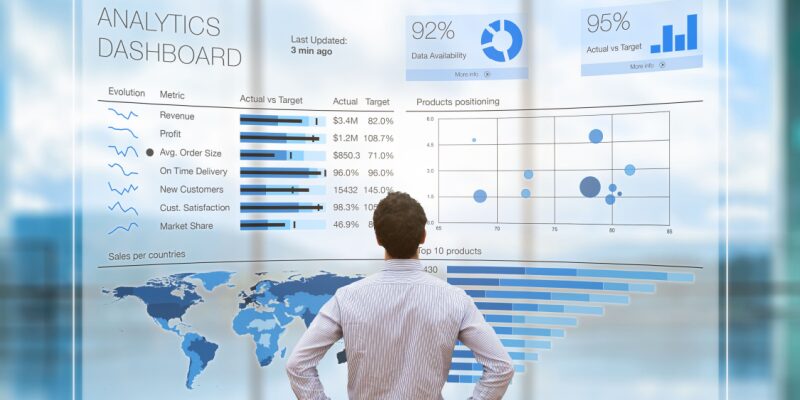Data visualization is a powerful tool for turning complex data into actionable insights. While data itself is valuable, it becomes truly meaningful when presented effectively. This is where design thinking plays a crucial role in creating engaging and informative data dashboards. In this article, we'll explore the principles of design thinking in data visualization and discover how it can lead to the creation of compelling dashboards that resonate with users.
The Essence of Design ThinkingDesign thinking is a human-centered approach to problem-solving that emphasizes empathy, creativity, collaboration, and experimentation. When applied to data visualization, it means putting the end-users at the center of the design process. Instead of starting with data and charts, start with the people who will use the dashboard and their specific needs.
Recipe for Engaging DashboardsHere's a recipe for creating engaging data dashboards using design thinking:
1. Understand Your AudienceBegin by deeply understanding the audience for your dashboard. Who are they? What are their goals? What questions do they need answers to? This empathetic understanding will guide your design decisions.
2. Define Clear ObjectivesSet clear objectives for your dashboard. What do you want to achieve with it? Define key performance indicators (KPIs) to measure the success of your visualization.
3. Ideation and PrototypingBrainstorm different ways to present the data and create prototypes. Don't be afraid to experiment with different chart types, color schemes, and layouts. Involve team members from diverse backgrounds to bring fresh perspectives.
4. Keep It SimpleSimplicity is key. Avoid clutter and unnecessary complexity. Use clear labels, intuitive icons, and concise text. Ensure that your dashboard is easy to navigate and understand.
5. StorytellingWeave a narrative into your dashboard. Data should tell a story that leads users from questions to insights. Use annotations and headlines to guide the user through the data journey.
6. Iterative TestingTest your dashboard with actual users and gather feedback. Iterate based on their input to refine the design. Design thinking encourages continuous improvement.
7. Data IntegrityEnsure the accuracy and integrity of your data. Misleading or incorrect data can erode trust in your dashboard. Provide data sources and methodologies for transparency.
Design thinking is not just about making data look pretty; it's about making data meaningful. By approaching data visualization with empathy, creativity, and a focus on the end-users, you can create engaging dashboards that empower decision-makers. Remember, the goal is not just to display data but to drive understanding and action. So, start thinking like a designer and turn your data into a compelling story.






